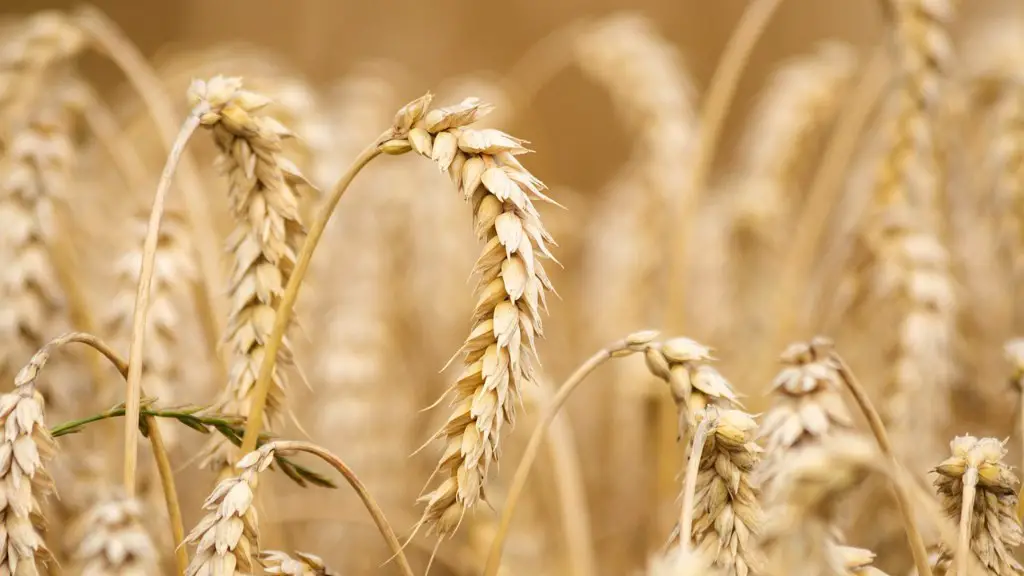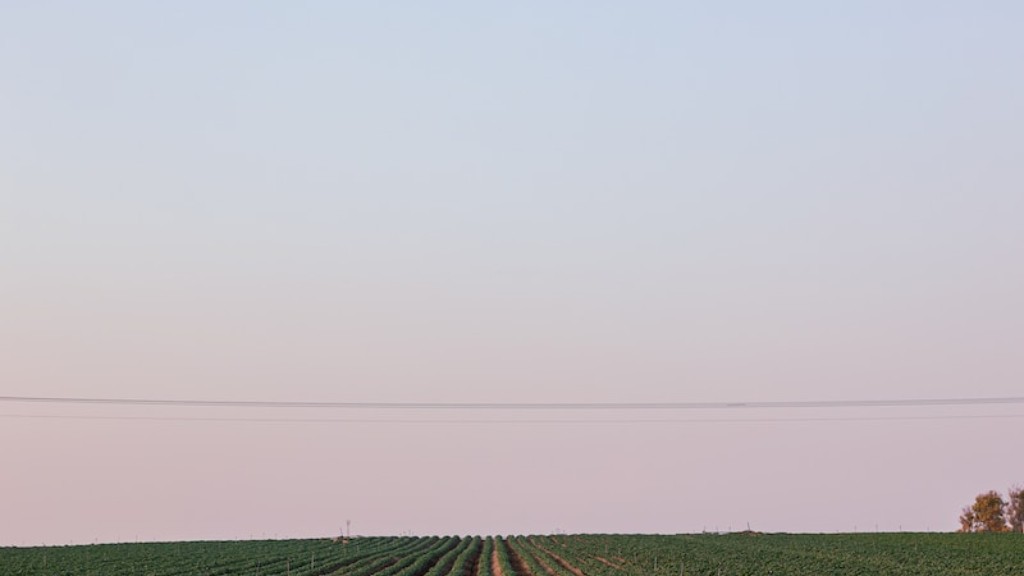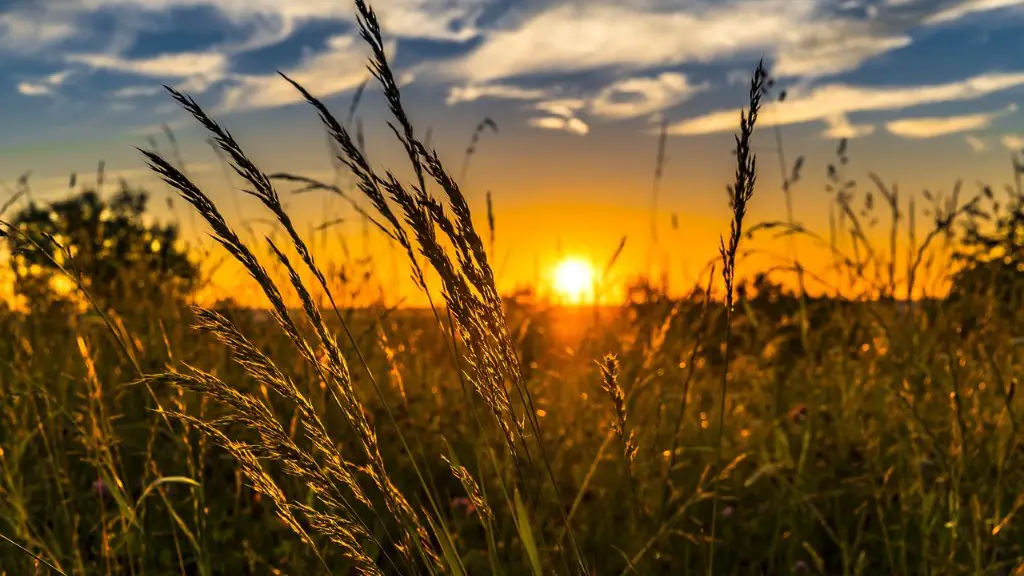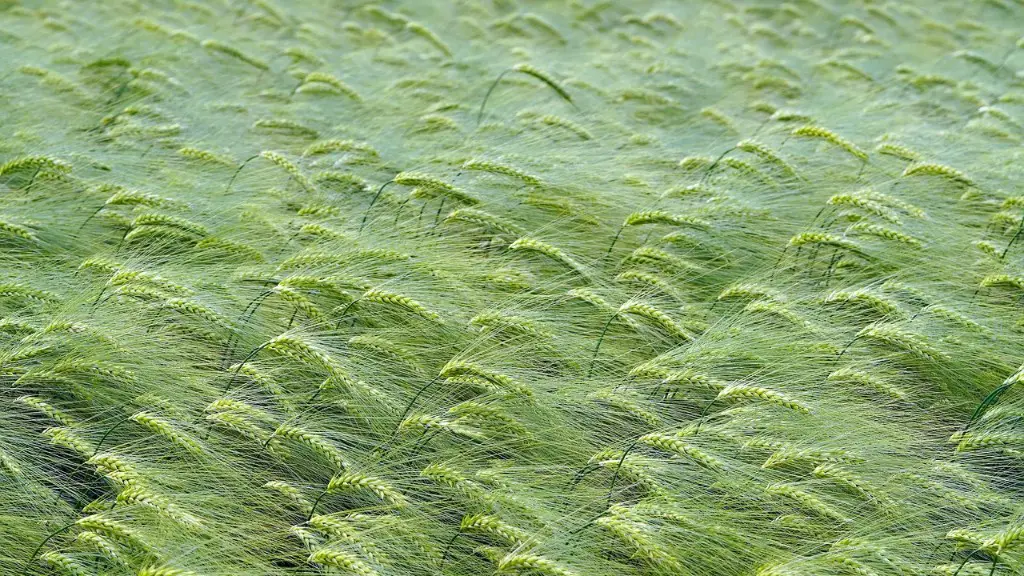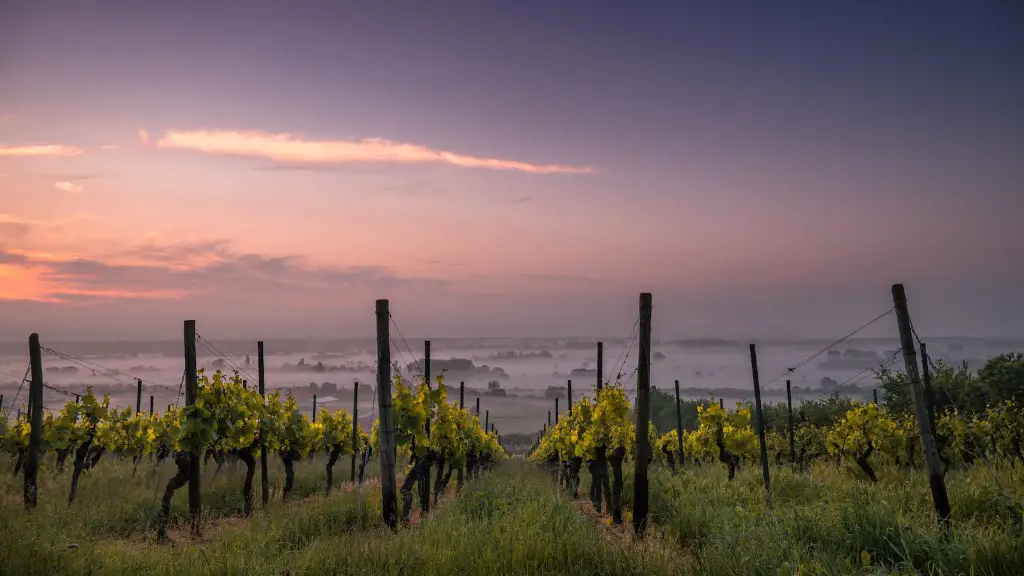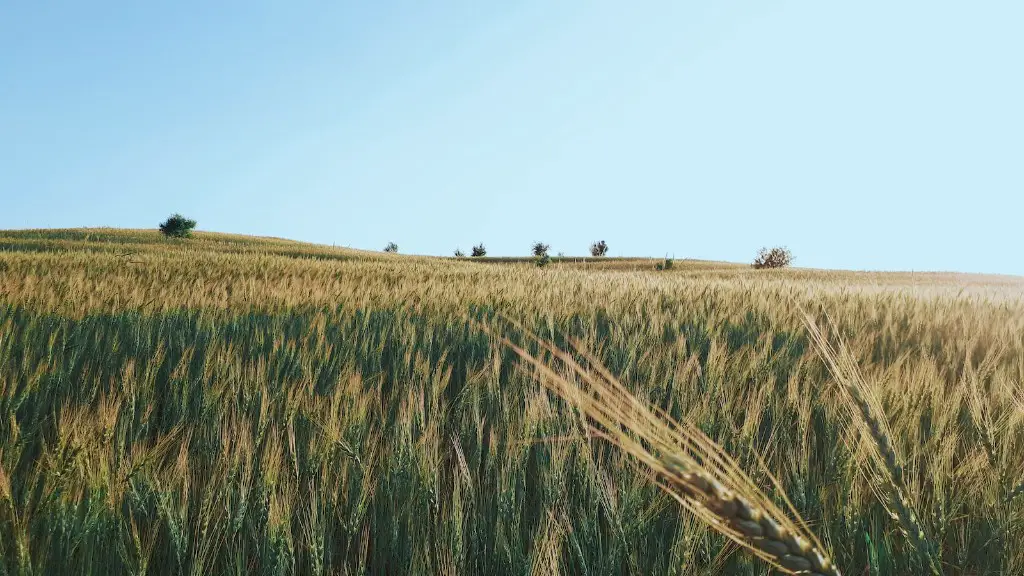Subsoiling is a process that is used in agriculture in order to improve the drainage and aeration of the soil. This is done by breaking up the soil to a depth of around 20-30 centimeters. Subsoiling can be done with a specialized machine, or by using a plow.
Subsoiling is the process of breaking up and loosening the soil at depths below the traditional plow layer. This is typically done with a deep ripper or subsoiler, which are specialized machines with deep-reaching shanks. The breaking up of compaction layers deeper in the soil allows for improved drainage and root growth, leading to increased crop yields.
What is the purpose of subsoiling?
Subsoiling is a soil management strategy that involves breaking up the compacted layer of soil beneath the surface. This helps to minimize soil compaction and maximize crop production. Subsoiling can also be used to manage quality food plots for wildlife.
A plow is a tool that is used to turn over the soil, bringing the lower soil (and the nutrients within) upwards. A subsoiler is a tool that is used to break up and loosen the soil deeper down.
What are the benefits of a subsoiler
The main advantage of the bentleg subsoiler is that it can penetrate the soil without disturbing the surface too much. This makes it ideal for producers who want to alleviate soil compaction while still maintaining a large amount of residue on the surface.
Roots stop at the compacted layer because they are unable to penetrate through the soil. However, fractured areas allow roots to grow below the compacted layer because the roots are able to penetrate through the soil. For most areas, ideal subsoiling conditions are during summer months before the soils are completely dry.
What is the difference between topsoil and subsoil?
The topsoil is the uppermost layer of the soil and is relatively thin. However, it contains most of the soil’s nutrients. The subsoil layer is located just below the topsoil layer. The subsoil may contain some broken down organic matter but it is mostly made up of weathered rocks and clay minerals.
A subsoiler consists of one or more heavy vertical shanks (standards) mounted on a toolbar or frame with shear bolts. They can be operated at depths of 45–75 cm (18–30 in) or more. A ripper normally runs 35–45 cm (14–18 in) deep.
What are the disadvantages of subsoiler?
A subsoiler is a tool used to break up compacted soil. It has many advantages, but there are some disadvantages to using one.
One disadvantage of using a subsoiler is that it requires more horse power to reach extreme soil depths. Additionally, heavier farm machinery like a tractor can just re-compress the soil in fields where it is used frequently, negating the lasting benefits of tillage.
A subsoiler is a very useful tool for farmers as it helps with a number of tasks related to preparing the land for planting. It is especially useful for breaking up soil at depths below what a disc harrow or rototiller can reach, making it ideal for deep tillage. It can also be used for loosening the soil and preparing the land for planting.
What does a subsoiler look like
We are looking for a sustainable and environmentally friendly solution for our school grounds. After much research, we have decided to use a product called ” EcoMat.” This mat is made of natural materials and is about two feet wide. It is thin so it won’t disturb the grass much at the top.
Subsoiling is a process that can be used to loosen compacted soil layers, allowing roots to penetrate deeper into the soil profile. This can increase water infiltration and retention, air spaces in the soil, and conditions conducive to biological activity and overall soil health.
What’s the difference between a cultivator and a subsoiler?
The subsoiler is a much more efficient tool than the Rabe, both in terms of speed and cost. It also has the added benefit of removing the plowing penalty, which results in a 15% yield increase.
A subsoiler is a tool that can be used to help eliminate standing water on your property by breaking up the hardpan and allowing the water to drain properly. Hard, compacted soil with a lot of clay in it is often the cause of standing water, so using a subsoiler can be very helpful in solving this problem.
Do plants grow well in subsoil
Subsoil is often overlooked when it comes to construction and gardening. However, it is not nearly as good for growing plants as topsoil. Topsoil is the layer of soil that is richest in organic matter and minerals, while subsoil is the layer of soil beneath the topsoil that is lower in quality. If you want to grow plants successfully, it is important to improve the subsoil so that it is more similar to topsoil.
The subsoil is a land where earthworms, beetles and grubs dwell. Their tunneling helps roots grow deep to find water and key soil nutrients like iron, calcium and magnesium. The benefits of having these creatures in the subsoil are numerous and they play a vital role in plant growth and health.
Why are farmers more concerned with topsoil than subsoil?
The topsoil layer is the most important layer for plant growth. It contains the highest amount of microorganisms and organic matter. The subsoil layer is less fertile but critical for drainage and nutrient supply.
The subsoil beneath the loose, nutrient-rich layer of topsoil is important for grass growth. It holds moisture and nutrients well, and provides good aeration and drainage. However, it may be heavy in clay, rocks or salts that can damage or slow grass growth.
Does subsoil need drainage
A subsoil drainage system will not only provide your plants and garden with a healthy environment but will also protect your home. Without a permeable drain through which water can escape, standing water can seep beneath a home’s foundation, causing the soil to subside and the foundation to crack.
Subsoil is an important layer of soil that helps to support plant life and regulate water and nutrient availability. Although it is composed of a lower percentage of organic matter and humus than topsoil, it still plays an important role in plant growth and health. Additionally, the small rocks mixed in with subsoil help to improve drainage and aeration, which are essential for plant growth.
Conclusion
Subsoiling is the process of loosening and breaking up the soil to a depth below the usual plowing depth. This is usually done with a chisel plow or subsoiler, which has shanks that penetrate the soil to depths of 18 to 24 inches (46 to 61 cm).
Subsoiling is a process used in agriculture to improve the drainage and aeration of soils. It involves breaking up the compacted soil layer to allow water and air to move more freely through the soil. This can improve crop yields and help to prevent problems such as waterlogging, which can lead to crop loss.
